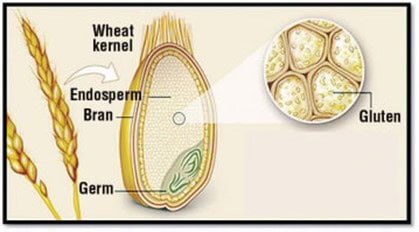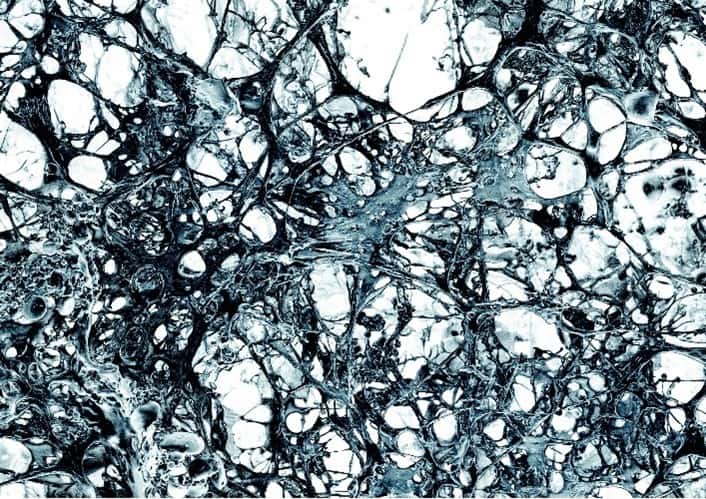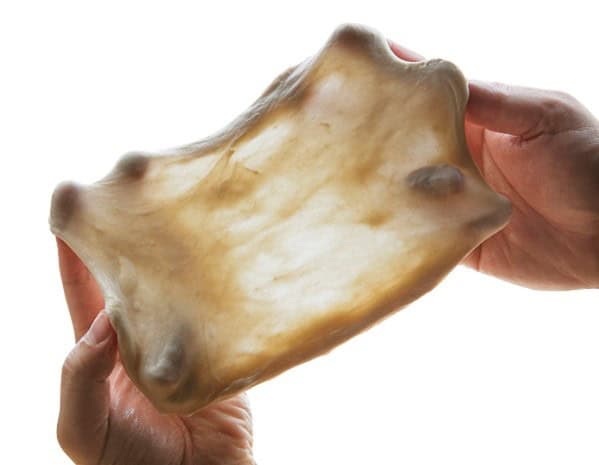Wheat is an indispensable part of our diet. Here, are a few facts about ‘wheat gluten’. Gluten is a protein complex in edible grains such as wheat, rye, barley. It determines the processing properties of wheat flour.This protein complex gives these grains the texture needed for baking. It enables the production of leavened bread, other baked goods, pasta, and noodles. Hence, gluten underpins the production of staple foods for a substantial proportion of the global population, particularly in temperate zones.

Gluten
It is the group of major storage proteins which are present in grains to support germination and seedling development. They are found in the starchy endosperm part of the grains. Gluten proteins consist of monomeric gliadins and polymeric glutenins constituting about 60-85 % of the total grain proteins. They tend to be rich in glutamine, asparagine, arginine or proline, but, very low in nutritionally important amino acids like lysine, tryptophan and methionine.
These protein molecules form a matrix surrounding the starch granules. This protein network comes together during the dough mixing to form the continuous gluten network in dough. Gluten proteins largely determine wheat product quality. They form a continuous network in the dough. This network provides the cohesiveness required for making products such as pasta as well as the visco-elasticity required for breadmaking.

Gliadin controls the viscosity of dough and glutenin controls the elastic or strength properties. These characteristic properties make gluten an essential ingredient for the preparation of high-quality dough in baking industry.
What is the Gluten’s role in baking?
Gluten is required for baked products to retain their form. Mixing is required to hydrate the flour evenly. Hydration result in immediate binding between glutenin and gliadin proteins. The longer glutenin pieces link up with each other via disulfide bonds to form strong, stretchy units of molecules. Glutenins are responsible for the strength while gliadin gives dough the ability to rise during baking. Protease enzymes present naturally in wheat flour split the gluten into smaller strands. These smaller strands will make additional bonds among themselves.
The gluten network strengthens and becomes more complex until the dough is fully kneaded and proofed. Fermentation starts when the dough rests. This leads to more time for enzymes to act.

Periodic kneading while the dough is resting helps in formation of the patches which can inflate once the leavening agent starts working. When these air pockets inflate, the dough expands or rises. Heat hardens gluten. This makes the bread firm and able to hold its shape.
Other factors that may affect the quality of baked products are:
1. Type of flour
Gluten content differ from one wheat variety to another. Wheat flours which have the higher protein content, typically has higher gluten content. Whole-grain wheat flours contain bran and germ along with the protein, which chemically and physically affect the strength of dough. These water scavenging particles prevent proteins from fully hydrating, excrete compounds that weaken gluten.
Whole wheat, durum, bread, and all-purpose flours contain between 9 and 15% protein, making them ideal for chewier foods like bread and pasta. On the lower end are pastry and cake flours with between 7 to 9% protein—perfect for tender, delicate baked goods.
Barley and rye, although relatively high in protein, have less gluten potential because they contain molecules called pentosans. When mixed with water, pentosans absorb that water, hold onto it, and form a sticky gel that gets in the way of gluten development. Wheat also contains pentosans, but in much smaller amounts that aid in forming gluten rather than interfering with its development.
2. Water:
The flour must be sufficiently hydrated to activate the proteins that form gluten. Adding too much or too little water to the flour will not result in formation of right strength gluten. The cohesiveness of gluten matrix is developed when gliadin and glutenin proteins interact with each other to form bonds in presence of water and form small protein strands. This reaction is essential for retaining gases during fermentation.
3. Salt:
Apart from imparting flavour, salt plays a crucial role in strengthening the gluten bonds. The chloride ions in salt helps the gluten protein to overcome the repulsion and stick together.
4. Butter/ oils:
Fats coat the protein strands and slow down the gluten forming process. With a small addition of solid fat (1%–3%), lean dough gets more stretchiness allowing it to rise higher and easier to handle.
5. Time:
Time plays a vital role in gluten formation. A longer mixing time will speed up hydration by forcing the water into the flour. Longer hydration process results in larger number of gluten bonds.

So next time you bake, don’t forget to pay attention to these factors to get that perfect bread.